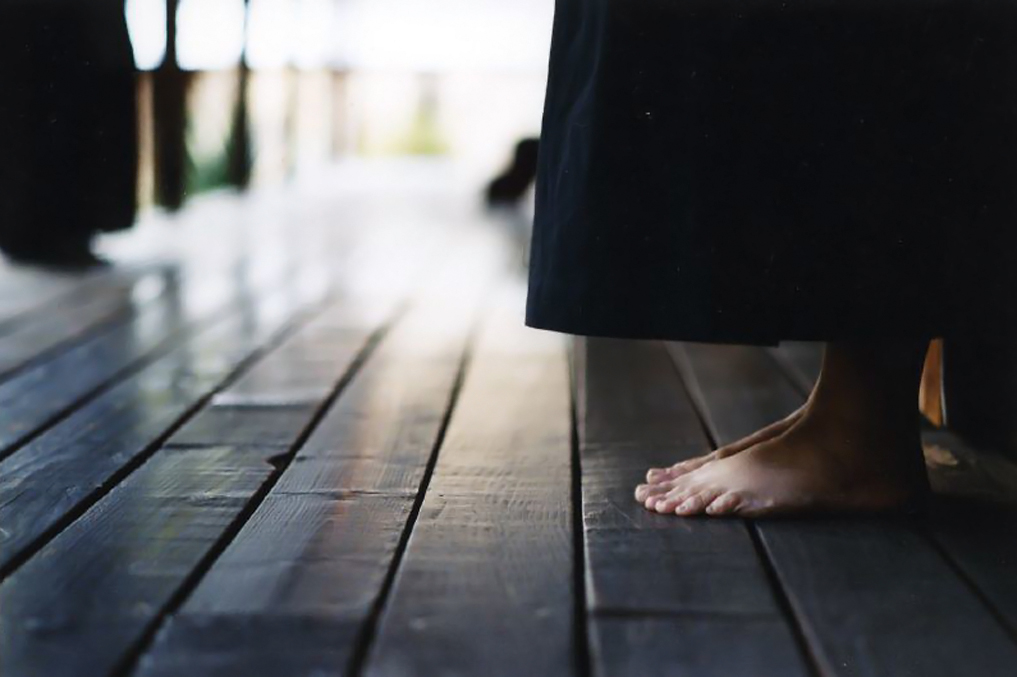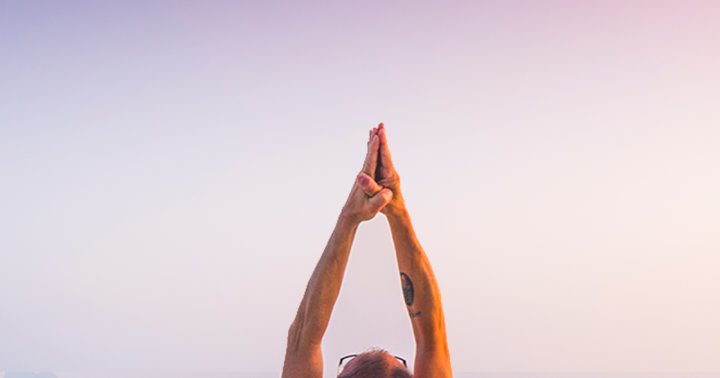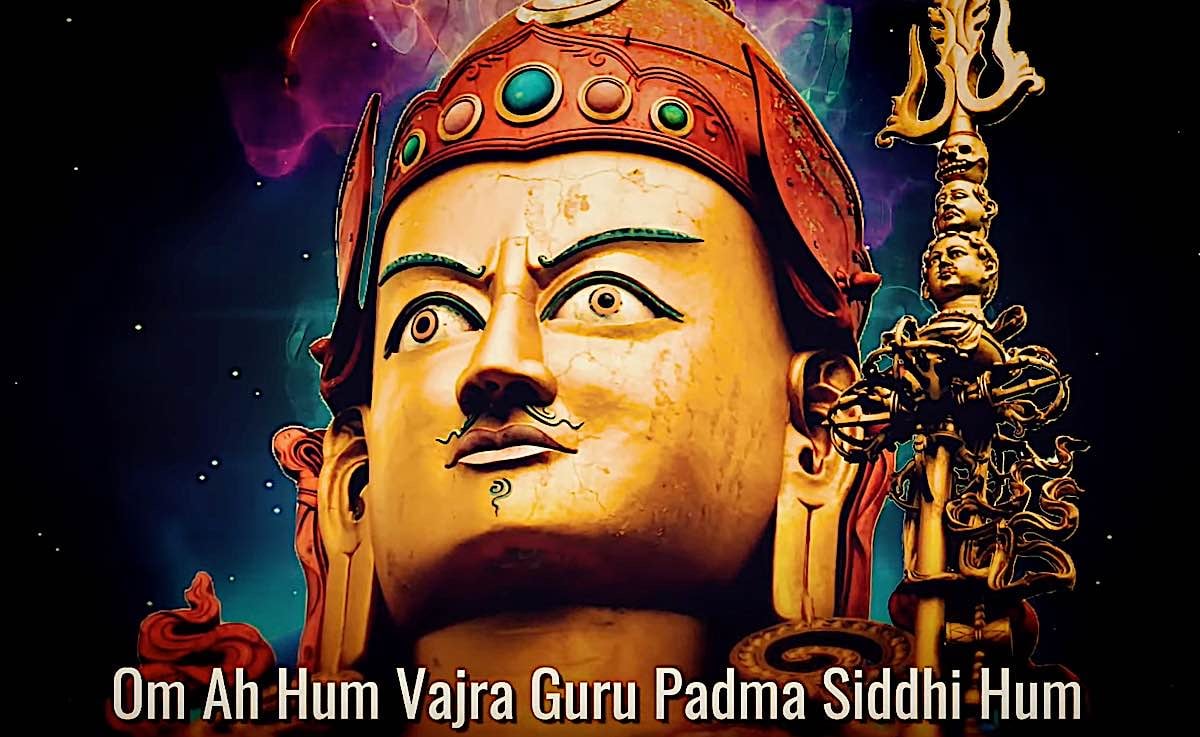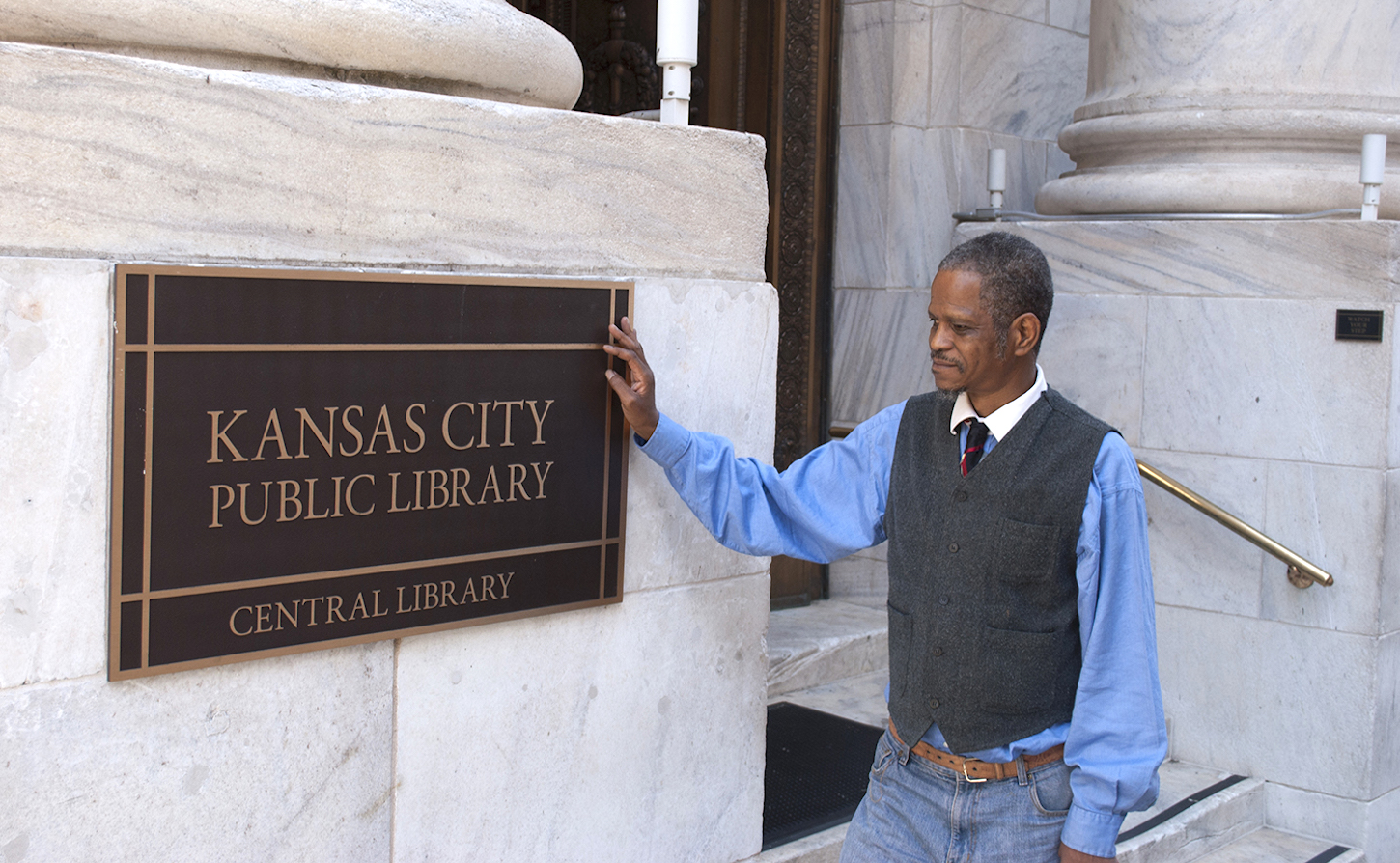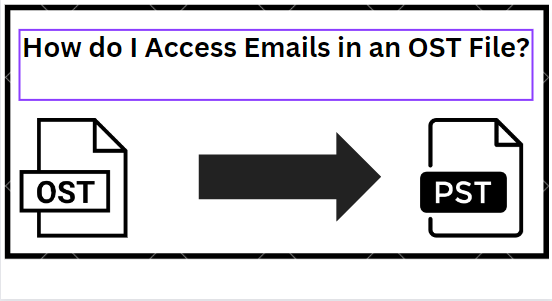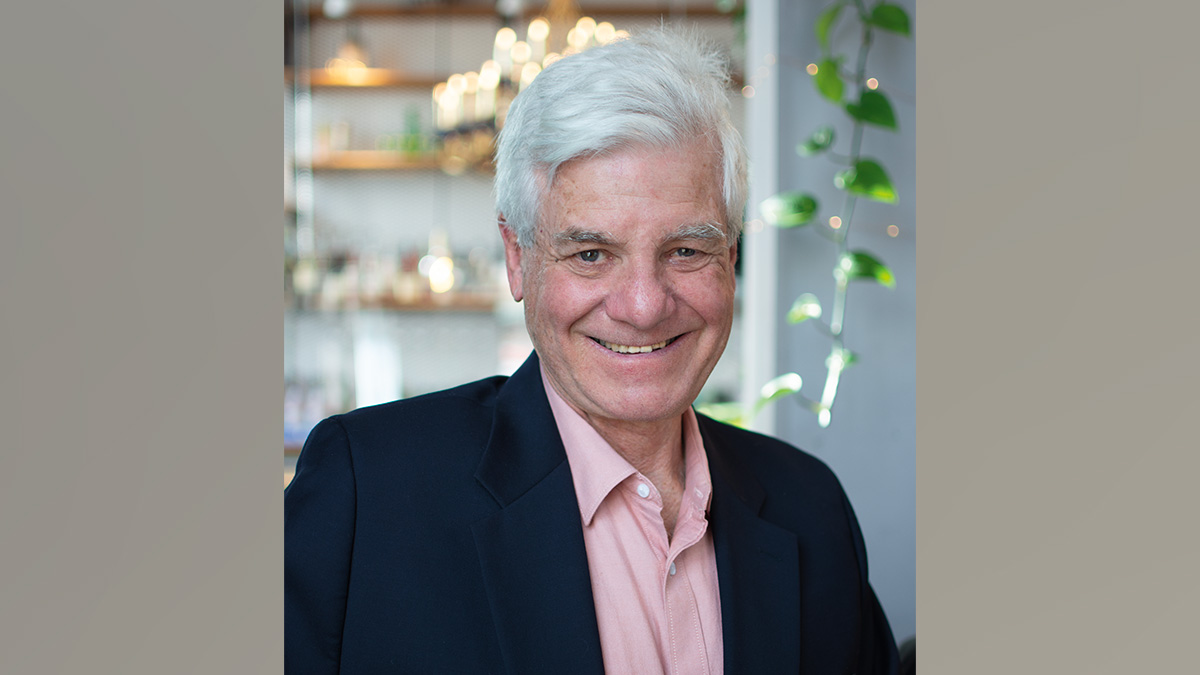Fushin Dave Watson, Architect Turned Therapist and Spiritual Counselor, Holds Space for Difficult Truths
“You realize that good, kind people exist underneath the most profoundly difficult lives.” The post Fushin Dave Watson, Architect Turned Therapist and Spiritual Counselor, Holds Space for Difficult Truths appeared first on Tricycle: The Buddhist Review.

 Fushin Dave Watson
Fushin Dave Watson“So now I’m in Clinical Pastoral Education and I’m knocking on strangers’ doors and going into their rooms. They’re not even asking to see me and I’m like, ‘Hi, I’m Dave with spiritual care!’ It was ridiculously awkward, and at the same time, extremely generative for me in terms of what I learned about myself, my place in the world, and what I wanted to do,” says Fushin Dave Watson of his first unit of CPE at Good Samaritan Hospital in LA.
“Good Sam in LA is a grab-bag of the world. Certain people arrive in their Rolls-Royces for knee surgery, while at the other end of the spectrum you’ve got homeless folk who got hit by a car, or o.d.ed, or they’ve got some horrible disease they contracted from living on the streets. And these were the people I felt most drawn to. I would go into a room and all of the socio-economic stuff would fall away: it was just a person in a hospital gown in a bed. I had some profoundly deep and human experiences with a couple of the homeless people I visited, and I realized I really wanted to do more.”
Now part of the team that organizes the virtual Buddhist Chaplain Peer Circle (BCPC) meetings under the auspices of Zen Center of Los Angeles (ZCLA), Fushin is currently transitioning away from a career in architecture and works as a care manager for Exodus Recovery in LA.
Fushin became interested in Buddhism in 2011, after he stopped drinking. He connected with dharma teacher Gil Fronsdal of Insight Meditation Center in Redwood, California, and the Zen Center of Los Angeles; started practicing regularly; and eventually received lay ordination and the dharma name Fushin: Abundant Heart. He also became a mindfulness instructor and held meditation sessions for incarcerated youth at juvenile hall.
He says he signed up for a year-long chaplaincy course a few years ago only because he wanted to spend more time studying with Fronsdal, his teacher. “I’m kind of an irreverent guy and I didn’t see myself as a chaplain,” he explains. “But I’m so glad I did the course, because during the process of going up there one Friday a month for nine months, my heart started to open and I learned that I have a strong connection to other people and with providing spiritual care. And my heart continues to open—it’s very much a work in progress.”
I spoke with Fushin about his training, career, and how the work has changed him.
How do you take the practice you do on the cushion into your work as a therapist and spiritual counselor? During my chaplaincy training in the hospital, I found that I had to go into the chapel to sit by myself and meditate; to drop in. After that I would move to the floor. It was easy enough to chit-chat away the awkwardness of a hospital room, but to truly make myself available, to be able to give a patient an opportunity to let go of their social façade so we could tune in to what was really going on, I needed to empty out first in that meditative space.
You eventually decided to shift from studying for a Master of Divinity (MDiv) to pursuing a master’s in applied psychology. Yes, after about a year in the MDiv program at University of the West, I realized that “Reverend Fushin” wasn’t me. For the applied psychology practicum, I landed in south-central LA with Exodus Recovery, a contractor with the LA Dept. of Mental Health. Exodus provides support for first-time felons who have substance abuse, mental health, and unstable housing issues. They’re given a warm bed, three meals a day, access to a psychiatrist and medication, therapy—which is where I came in—and group work.
Today I’m phasing out my work in architecture and working three full days a week at another branch of Exodus. This branch is a community mental health center where I provide spiritual care and counseling to people, often vulnerable elders, belonging to underserved, marginalized populations.
You’ve been working with people in very precarious situations. How do you distance yourself from hope and fear? In my work I try to practice the Zen Peacemakers’ three tenets: not knowing, bearing witness by going into a situation with no agenda and allowing whatever happens to happen, and then taking action by attending to whatever comes out of that. No expectations.
Let me tell you about someone I worked with during my practicum. I’ll call him Diego. Diego was a 27-year-old Latino who had experienced physical abuse growing up, was kicked out of his home, and ended up on the streets at 17. He had been heavily addicted to crystal methamphetamine. Once he became comfortable with me—which took about six months—Diego told me that he intended to keep using crystal meth when he got out of the program. That was hard to hear, because then what are we doing together? Other therapists before me had basically said they couldn’t help him. And that’s how we ended up together.
But fortunately, I think, for both of us, I could shift into chaplaincy mode. Diego would say, “I’m gonna continue to use meth.” And I would say, “That’s really hard for me to hear. So I can imagine that it’s really hard for you to hold.” And we would both sit there and hold that in the silence. And that’s chaplaincy, as opposed to, “Wow. There are some cognitive behavioral therapies that I’m going to bring to the next session because it may be helpful for you to try to tell a different story about yourself.” I did introduce some of that, but the underlying work we did was holding space in the truth of his difficult life. Diego was a very quiet person; I would lean into that and open pathways and doors so he could express himself. I was inviting him to tell me his lived experience.
And what do you do with that when you go home? Well, I was driving home after the last session with Diego, before he got shipped off to rehab, and a song came on my playlist and I just burst into tears. Later, a colleague said maybe I’d been reminded of my own life, and that might be true. In times of hopelessness, times of despair, and in what we are willing to do to just stay alive in such incredibly difficult circumstances, anybody could see themselves in Diego.
It’s all this stuff that we humans push down and push away. It goes into the unconscious and we don’t deal with it because we can’t tolerate it. Yet as chaplains we make ourselves tolerate it; we hold the space. Part of chaplaincy is being willing to work with whatever the other person brings to the situation. It’s empathic attunement, and it seems crazy that we’re even drawn to this, right?
How has this work changed you? It’s changed how I react to others in general, to everyday aggravations. Like when you’re at the grocery store and someone’s cart bumps into yours. There’s an initial feeling of annoyance, then you think, “I don’t have the first clue what you’ve been going through, and who cares about the cart?” Now I’ll remember that people are just people and you simply never know about their lives.
And it has definitely changed the way I see my fellow man and woman on the street. My biggest takeaway is that they’re such sweet people. You get past the fear of engaging with them, you learn about the complex suffering they’ve been through, and you think, “You’re a good person who wants the same things we all want–and you don’t realize what an uphill climb it is for you based on everything you’ve experienced, all the trauma you never signed up for.” You realize that good, kind people exist underneath the most profoundly difficult lives, and you just love them.

Get Daily Dharma in your email
Start your day with a fresh perspective

Explore timeless teachings through modern methods.
With Stephen Batchelor, Sharon Salzberg, Andrew Olendzki, and more
![]()
Thank you for subscribing to Tricycle! As a nonprofit, we depend on readers like you to keep Buddhist teachings and practices widely available.
This article is only for Subscribers!
Subscribe now to read this article and get immediate access to everything else.
Already a subscriber? Log in.

 Tekef
Tekef 







